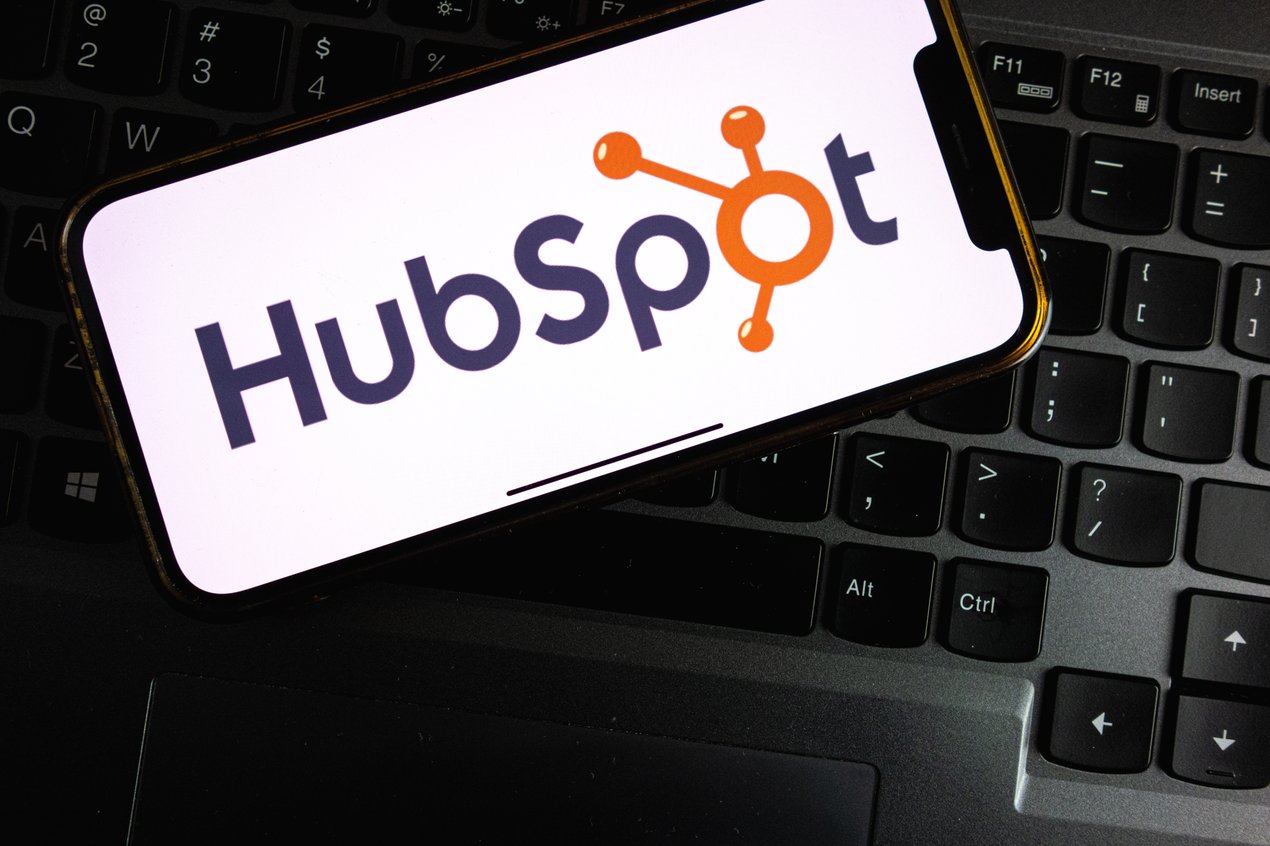Article by Tamsin Oxford
Originally published in ITWeb's Brainstorm
HubSpot is a CRM success story, providing companies with a wealth of features designed to make customer engagement and business growth as smooth as possible.
Founded in 2006 by Brian Halligan and Dharmesh Shah, HubSpot has been gathering strength, customers and acquisitions ever since. Over the past year, the company has acquired Clearbit, introduced AI and has been named a Gartner Magic Quadrant Leader for B2B Marketing Automation Platforms. Currently, it has over 194 000 customers that include big names like Reddit and DoorDash; it reported more than $557 million in revenue in the second quarter of 2023. But is this platform a viable expense for the South African organisation? Brainstorm spoke to Andre van der Walt, director of Novis Alarms; Cas Dreijer, COO, Africa at SAPRO; and JP van Loggerenberg, chief services and technology officer at SYSPRO Global to discover if HubSpot really hits the spot.
What inspired your move to HubSpot?
“About four years ago, we started consolidating as a global business and had entities across six countries that worked individually,” says Van Loggerenberg. “We went on a rationalisation and standardisation journey and so our move into HubSpot was about improving visibility into the business. We wanted a better understanding of what we were involved in across regions and geographies and within silos.”
Pros and Cons
Where HubSpot is the heroine:
• Flexible and dynamic
• Automation and workflows
• Well-developed platform with a clear roadmap
• Intuitive to use at the top line level
And where it’s the villain:
• Limitations around customisation of workflow automation
• Expensive
• Not well supported in South Africa
• Complex to set up, with a high learning curve
The company wanted to increase visibility and transparency while improving agility and process automation.
“Our marketing team was very mature and had adopted HubSpot long before the rest of the business and had already unlocked value from it; we wanted to convert this into sales so we placed HubSpot at the heart of operations and into our ticketing system in order to unlock additional insights and value while moving towards the customer more proactively.”
For Van der Walt, the move to HubSpot was driven by the need to consolidate data and systems that were split across three different businesses and platforms. “I spent time looking at different solutions, both locally and globally, to find a way of better organising everything. We wanted to find a way of consolidating clients, generating leads and staying ahead of our competitors through a system that’s easy to use and, if I’m honest, comes in at the right price point.”
HubSpot’s pricing was a sticking point for Van der Walt. “The costs in dollars are expensive in rands, so we initially started with the free platform to see if this was the route we wanted to take.”
For Dreijer, the relationship with HubSpot took a very different route. “We had invested in HubSpot from the start of the business, but the relationship wasn’t great. It was a bit like a bad marriage we didn’t want to leave, sticking to the commitment rather than getting a divorce. Then we realised that we really needed to fix our relationship with the platform or move to one that gave us the results we needed.”
How did integration go?
“We wanted HubSpot to become a well functioning CRM machine that would help us arrange all of our sales processes,” says Dreijer. “For a long time, it was something we paid a lot of money to use, but there was very little adoption because there was very little training and few people knew what they were doing. We needed to adapt our initial configurations, reduce the number of HubSpot instances we were using, ensure everyone in the business was trained properly, and reconfigure the platform to provide us with what we actually needed – a single source of truth for all our sales forecasting data.”
The company went through a process, assessed best global practice, and then opted to host its website on HubSpot, using it as a content management system while actively configuring pipelines and forecasting protocols to ensure it delivers value.
“We’ve literally said to our teams, if it isn’t on HubSpot, it doesn’t exist,” he says. “We are very much a work in progress. We know HubSpot is an excellent piece of software and we’re figuring out how to work our business onto the platform, not the other way around with a structured change management process and ensuring we take our people on the HubSpot training journey.”
On the other side of the equation, Van der Walt was focused on getting the most out of HubSpot within the limitations of the free package. “I did a lot of training to find out how best to optimise HubSpot for the business and bolstered this with templates developed using ChatGPT which we then used within HubSpot. Now we are able to communicate comfortably with our clients on multiple channels, including WhatsApp, and we can use the data within HubSpot to track quotes, measure engagement and manage all the conversations we have with our clients.”
For Van Loggerenberg, the integration process was different. “We discovered quickly that just because these systems have an API available doesn’t mean it can speak to another API. So we had to create a mediation layer within our business that extracts from the one system and pushes into the other to keep our processes flowing. Data synchronisation and integrity are important so we had to ensure unified customer codes, that there were no clashes in terms of contacts, and that there are clear lines of delineation between contacts.”
Van Loggerenberg appreciates the native functionality and workflows that HubSpot provides as well as the automation, but says: “You can overdo things, become a man with a hammer where everything looks like a nail, and we wanted to avoid that to ensure we could really unlock the value of the platform.”
What next for your relationship with HubSpot?
“It’s been a 36-month journey so far and we’ve started unlocking additional value and staying on top of the features and functions offered by the tools we’ve selected,” says Van Loggerenberg. “We may need to revisit decisions we’ve made today when additional features become available. While these changes can make it challenging to stay ahead, we are going to stick with them as they’re doing more things right than wrong. The platform is also bringing us the consolidation and standardised visibility we needed. The interface isn’t great, but it’s not bad either and it works for us so we’re going to stay with it.” Having gone through a significant change management process and wanting to make HubSpot work for the business, Dreijer remains focused on maintaining the technology within the company. “We’re building out a functional operational app on our site and we’re looking at the integration between different areas of our business.”
Van der Walt says: “We could definitely expand more into HubSpot and as we grow, we’ll likely grow with the platform. Setting up was a challenge, the pricing is a challenge, but the platform is helping us expand as a company.

